TEX-FAB 2.0 and REPEAT Exhibition in Houston Featuring Minimal Complexity
By Bustler Editors|
Tuesday, Mar 15, 2011
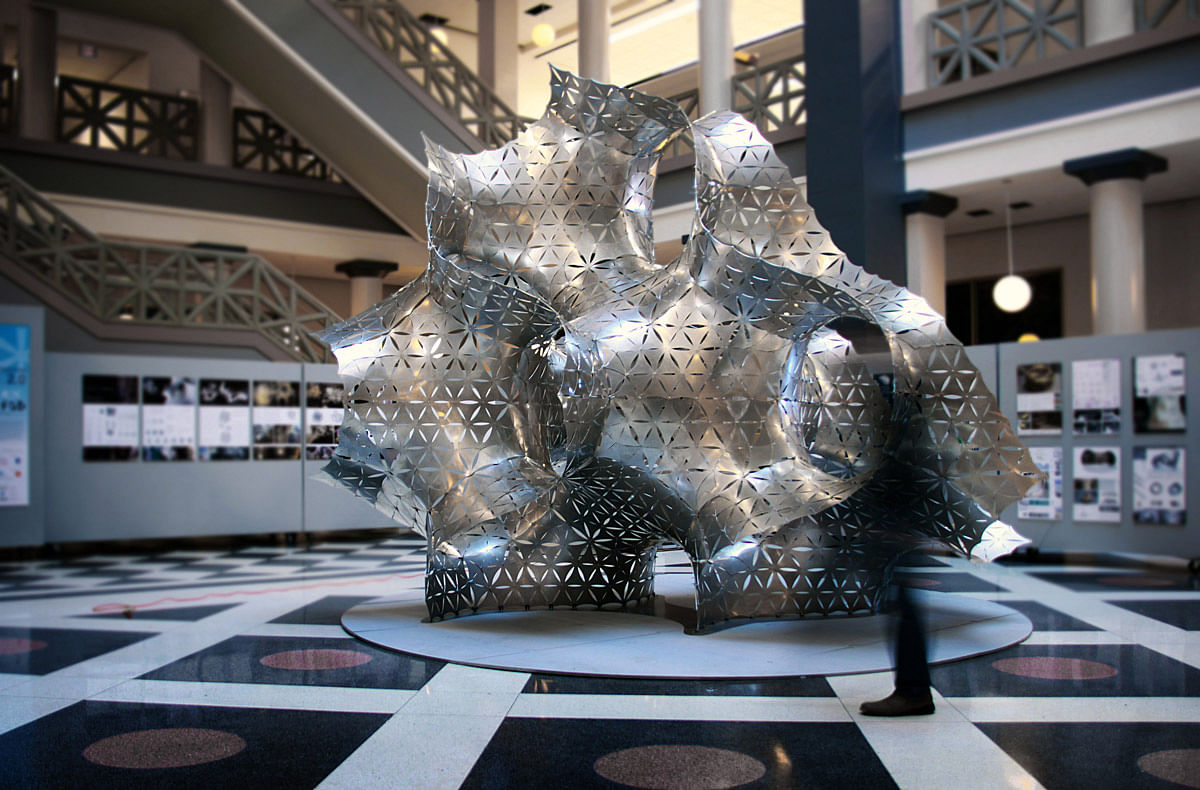
Related
Launched with the keynote lecture Complicity and Simplexity by Branko Kolarevic, Chair in Integrated Design at the University of Calgary, TEX-FAB 2.0 began its second event to great success. Well over 100 attendees from across the US, Mexico and the UK attended the Friday lecture series and weekend workshops hosted at the Gerald D. Hines College of Architecture at the University of Houston.
Invited speakers from both the academic, professional and fabrication communities with significant accomplishments within the field included L. William Zahner, Ceo & President of ZAHNER, Patrick Hood-Daniel of BuildYourOwnCNC.com; MetaLab directors Joe Meppelink/Andrew Vrana, and Vlad Tenu designer of Minimal Complexity. A lively exhibition opening followed the lecture series with drinks and discussions.
Workshops followed on the weekend as a two-day event led by internationally recognized instructors within the field of parametric modeling provided a robust opportunity for participants to be exposed to the highest level of concentrated learning possible. TEX-FAB 2.0 workshop instructors included Marc Fornes of theverymany: Scripted Design; Chris Lasch of Aranda / Lasch: Algorithmic Design; Gil Akos and Ronnie Parsons of Studio Mode: Parametric Design.
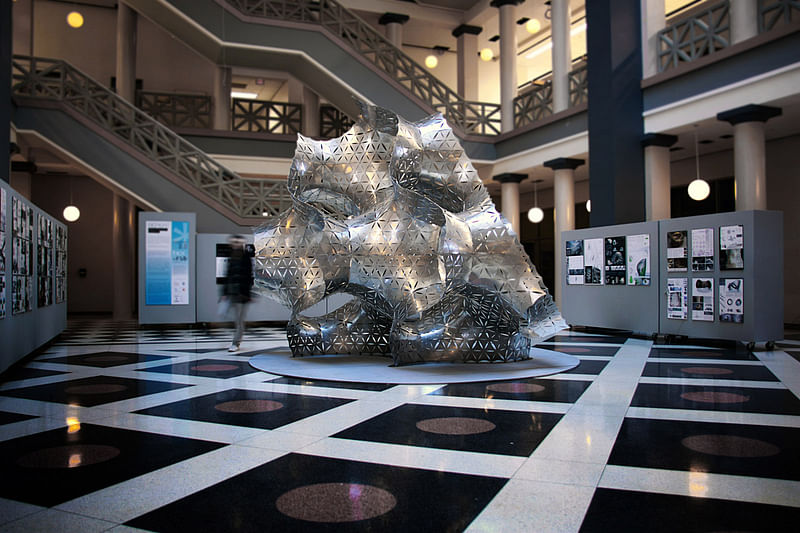
Highlighted within the REPEAT Exhibition was Minimal Complexity, by Vlad Tenu. The work was selected the winner of the REPEAT: digital fabrication competition, commissioned and built in January. The competition drew 95 teams of 1-4 designers from 19 states in the US, 18 countries and 5 continents. The jury of internationally recognized academics and practitioners that included Patrik Schumacher, Marc Fornes, Chris Lasch, Lisa Iwamoto and Blair Satterfield reviewed all the entries and conferred their choice in November 2010.

TEX-FAB commissioned Minimal Complexity by sponsoring the REPEAT: digital fabrication competition and partnered with Vlad Tenu as the fabrication consultants for the realization of the project as it appears in the REPEAT traveling exhibition. TEX-FAB is a non-profit organization formed by Brad Bell, Kevin Patrick McClellan, and Andrew Vrana as a collective action, one that endeavors to combine divergent interests and capabilities, for the purpose of strengthening the regional discourse around digital fabrication and parametric design.
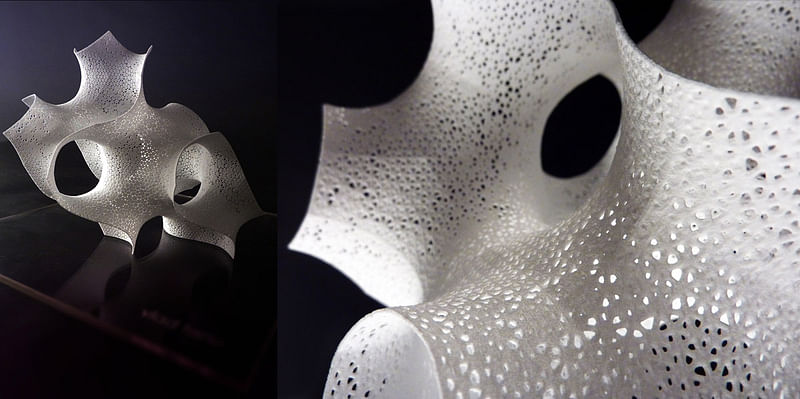
Vlad Tenu describes the proposal, resulting from ongoing research and experimentation in the development of Minimal Complexity, in the following manner:
The project was developed around the design problem of minimal surface structures; this creates an alternative algorithmic method for generating minimal surface geometries as well as for building them from modular components. The alternative characteristic of the study comes from the different approach of the project, as opposed to the existing ones in the field.
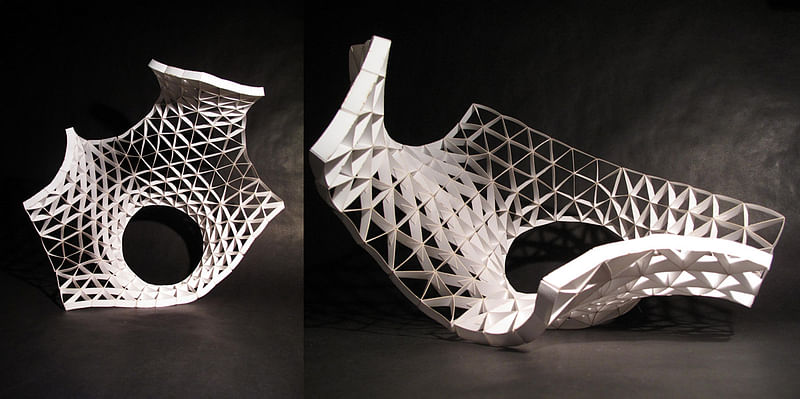
This process uses the principle of simulation of virtual soap films in order to generate minimal surfaces, while optimizing them for a modular fabrication system. The main difference in this approach comes from the bottom-up algorithmic strategy of not starting with a predefined topology, as in the case of the dynamic relaxation method for example, but simulating an iterative growth process, optimized to reach a state of tensional equilibrium of the system. The project is developed in Processing 1.0.6.

Minimal Complexity was produced after an optimization phase that began at the University of Texas at Arlington under the direction of Brad Bell and ended in Houston under the direction of Andrew Vrana at the University of Houston. Very early on in the process of developing the project for installation, Crow Corporation, the digital fabrication partner of TEX-FAB was brought in to help resolve technical issues for laser cutting. Additionally, Buro Happold’s New York office supported the project with the coordination of a detailed Finite Structural Analysis (FEA) on the geometry. The final structure composed of 148 basic quad regions of the Schwarz’s P Surface with each section being made out of 16 parts were ultimately laser cut from 10 17 14-gauge 5052 aluminum sheets which resulted in a total of 2368 parts.
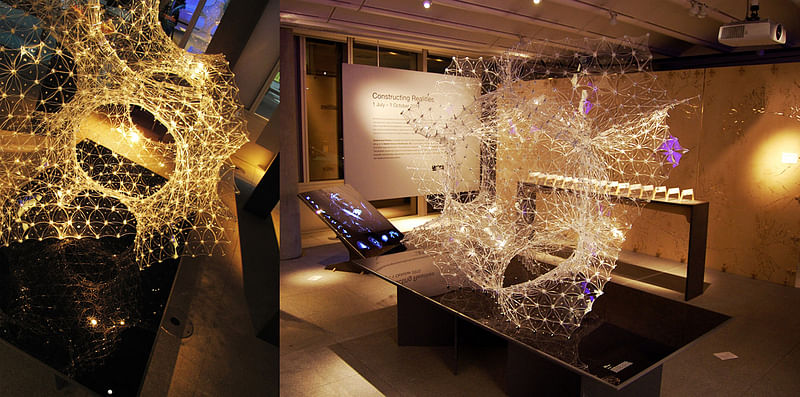
The built iteration of Minimal Complexity and all the competition proposals in the form of the REPEAT Exhibition will be on view in the atrium of the Gerald D. Hines College of Architecture at the University of Houston until April 17, 2011 (date may change in favor of a possible extension).
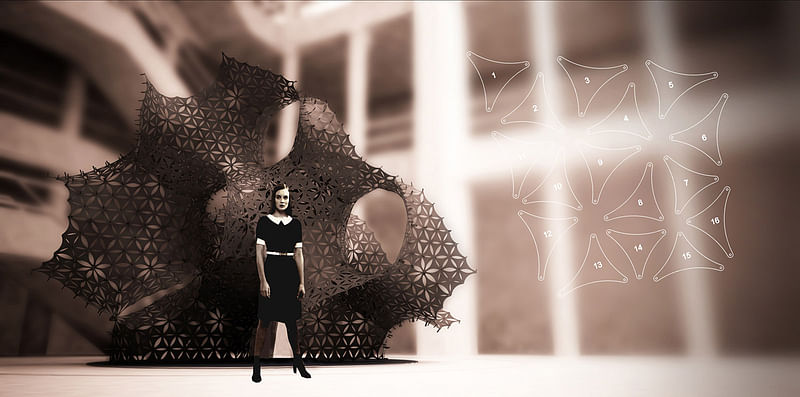
Also check out the competition boards of Minimal Complexity in the image gallery below. All images courtesy of TEX-FAB.
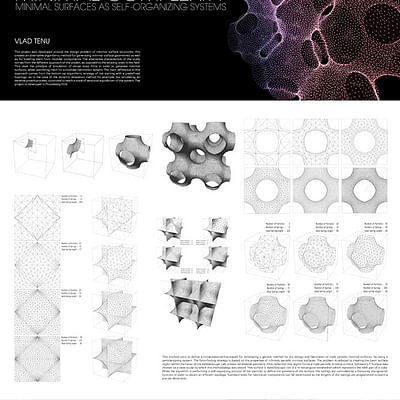
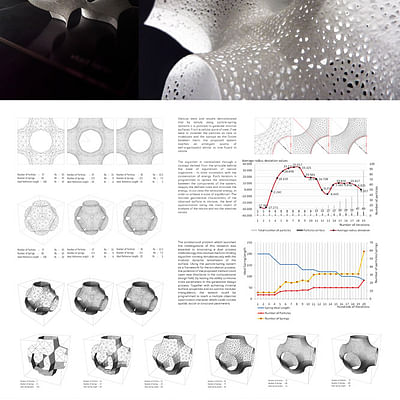
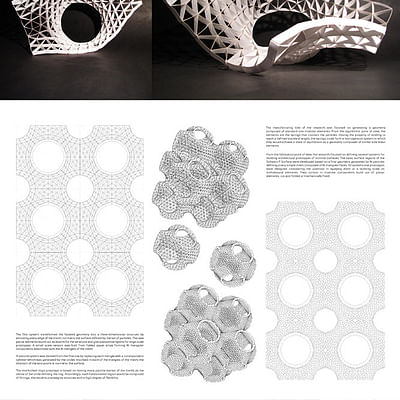
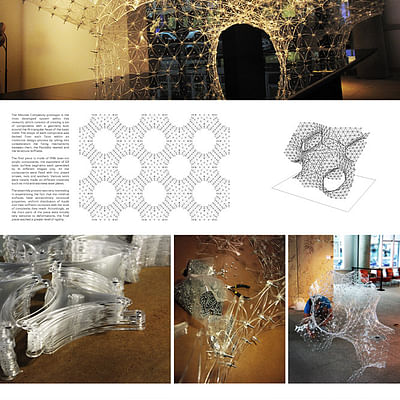
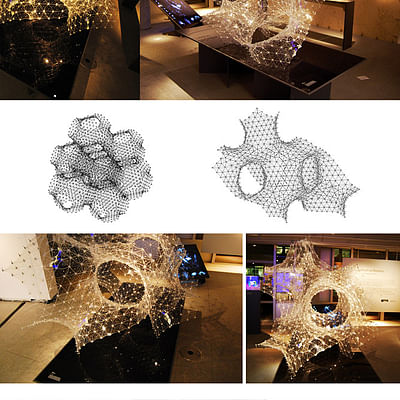
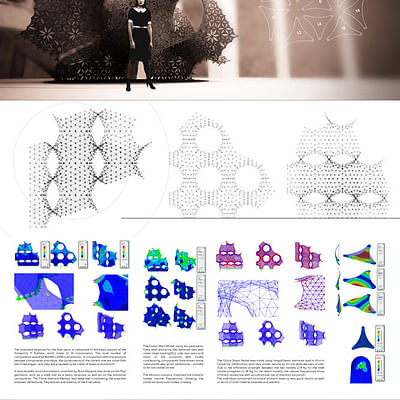

Share
0 Comments
Comment as :